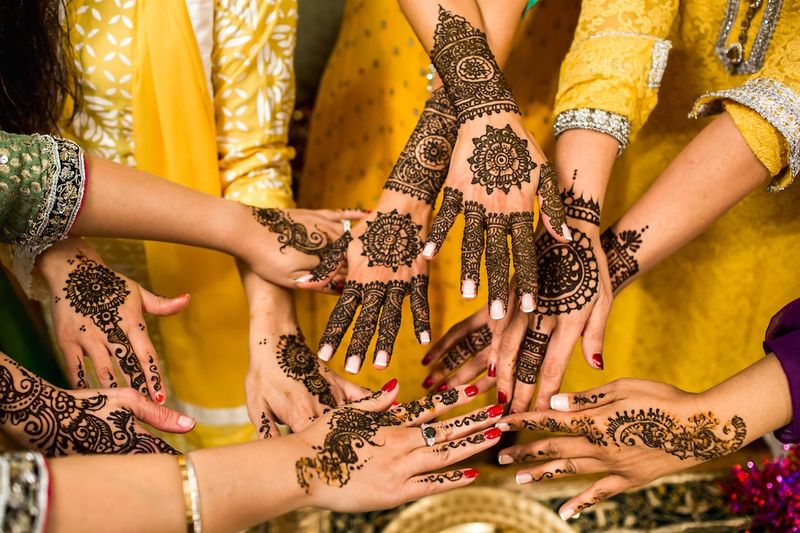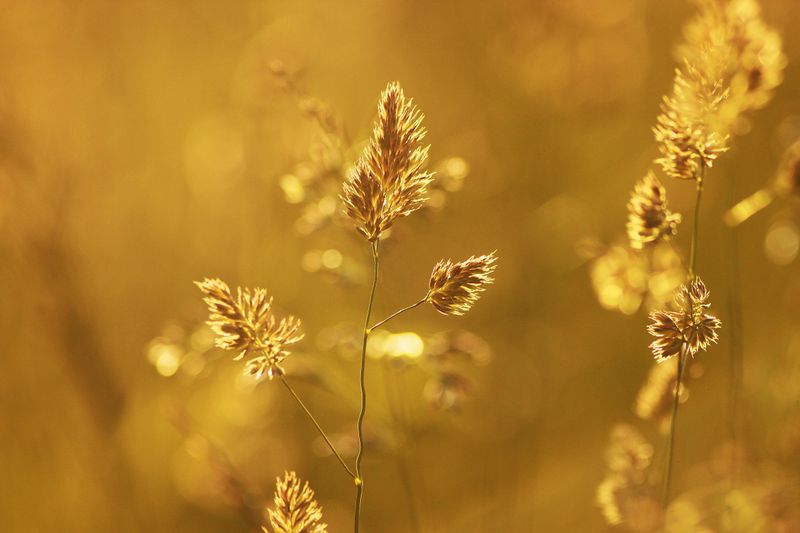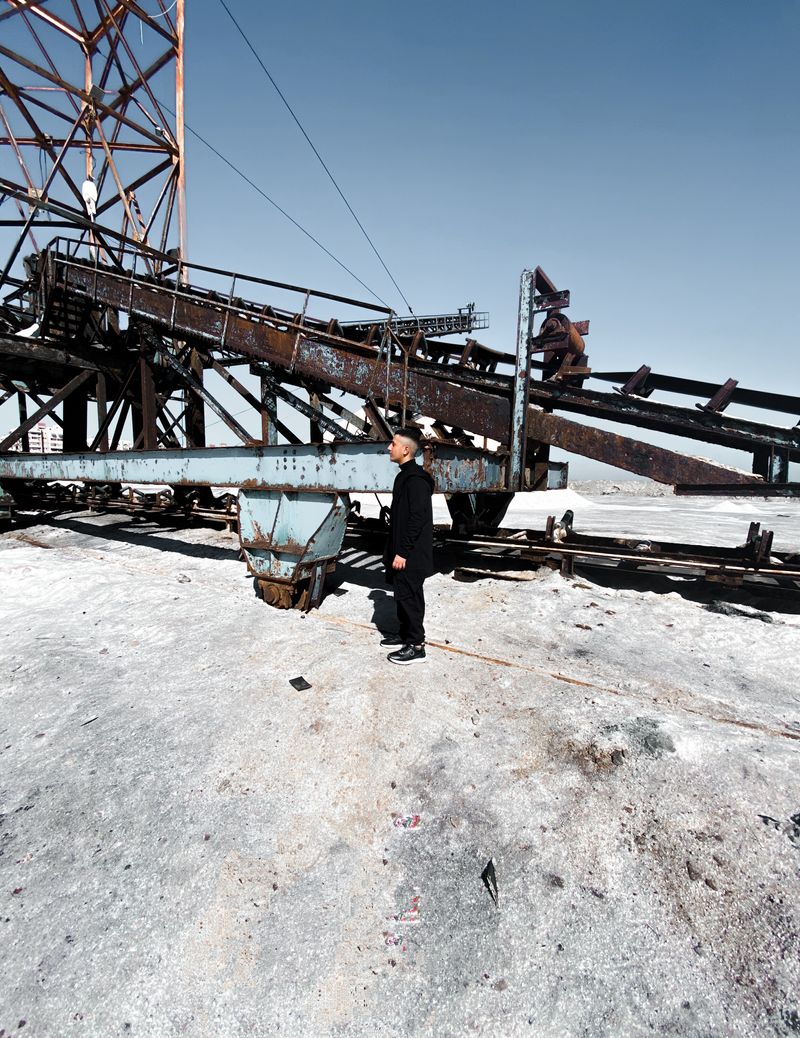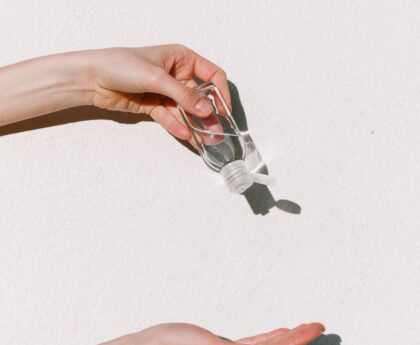Eid al-Adha 2023: A Festival of Sacrifice and Celebration
Date and Significance
Eid al-Adha, also known as the “Festival of the Sacrifice” or colloquially as “Big Eid,” is one of the most significant festivals observed by Muslims each year. Unlike Eid al-Fitr, which marks the end of the holy fasting month of Ramadan, Eid al-Adha commemorates the willingness of the prophet Ibrahim (known as Abraham in the Christian Old Testament) to sacrifice his son as an act of obedience to God’s command. The festival falls on the tenth day of Dhul-Hijjah, the twelfth month of the Islamic Hijri calendar. However, due to the lunar cycle and the tradition of moon sighting, the date of Eid al-Adha varies from year to year.
According to Saudi Arabia, whose official verdict is followed by many Muslims across the world, Dhul-Hijjah began on Monday 19 June 2023. This means that Eid al-Adha will start on Wednesday 28 June 2023. The festival will last for four days and come to an end on the evening of Sunday 2 July 2023.
The Moon Sighting Debate
There has been ongoing debate regarding the tradition of moon sighting and its implications for determining the start date of Eid al-Adha. Some argue that advancements in astronomy enable the accurate calculation of the rising of the new moon, allowing for a standardized start date across all Muslim communities. However, others emphasize the importance of physically witnessing the moon in one’s region.
The reliance on moon sightings in different regions has led to variations in the start date of Eid al-Adha, as opposed to Eid al-Fitr, which generally falls at the beginning of the month. This diversity adds a unique aspect to the celebration, highlighting the rich tapestry of Islamic culture and traditions around the world.
The Rituals and Customs
At the heart of Eid al-Adha is the act of Qurbani, where an animal, traditionally a sheep, is sacrificed and divided into three parts. One part is given to the poor, one is reserved for relatives, and one is kept for the immediate family at home. This act not only symbolizes Ibrahim’s obedience to God but also serves as a reminder of the importance of sharing with those in need.
In addition to Qurbani, mosques and community groups often organize communal meals, bringing people together to rejoice in the spirit of unity and gratitude. Many Muslims also give money to charity, enabling less fortunate families to enjoy a proper Eid feast. These acts of generosity reflect the essence of Eid and reinforce the message of compassion and empathy.
Greetings and Well Wishes
During Eid al-Adha, Muslims exchange greetings to extend their blessings and share in the joy of the festival. The most common greeting is “Eid Mubarak,” which translates to “blessed celebration” or “blessed feast.” This phrase can be used to wish someone a “happy Eid” and is applicable for both Eid al-Adha and Eid al-Fitr.
While some may specify “Eid al-Adha Mubarak” to distinguish between the two festivals, “Eid Mubarak” alone is sufficient. Similarly, during Ramadan, Muslims wish each other “Ramadan Mubarak” to acknowledge the beginning of the holy month and throughout the fasting period. Another greeting, “Ramadan Kareem,” translates to “Generous Ramadan” and can be used to describe the month of Ramadan as a whole.
There is an ongoing debate about the appropriateness of using “Ramadan Kareem” due to the expectation of generosity conflicting with the principles of fasting and prayer. However, some argue that the greeting appropriately reflects the spirit of Ramadan’s generosity towards others.
Conclusion
Eid al-Adha is a time for Muslims worldwide to come together in celebration, unity, and gratitude. The festival’s date, determined by the lunar cycle and the tradition of moon sighting, adds to its significance and showcases the diversity within the Muslim community. As we approach Eid al-Adha in 2023, let us embrace the values of sacrifice and generosity, spreading joy and goodwill to all.
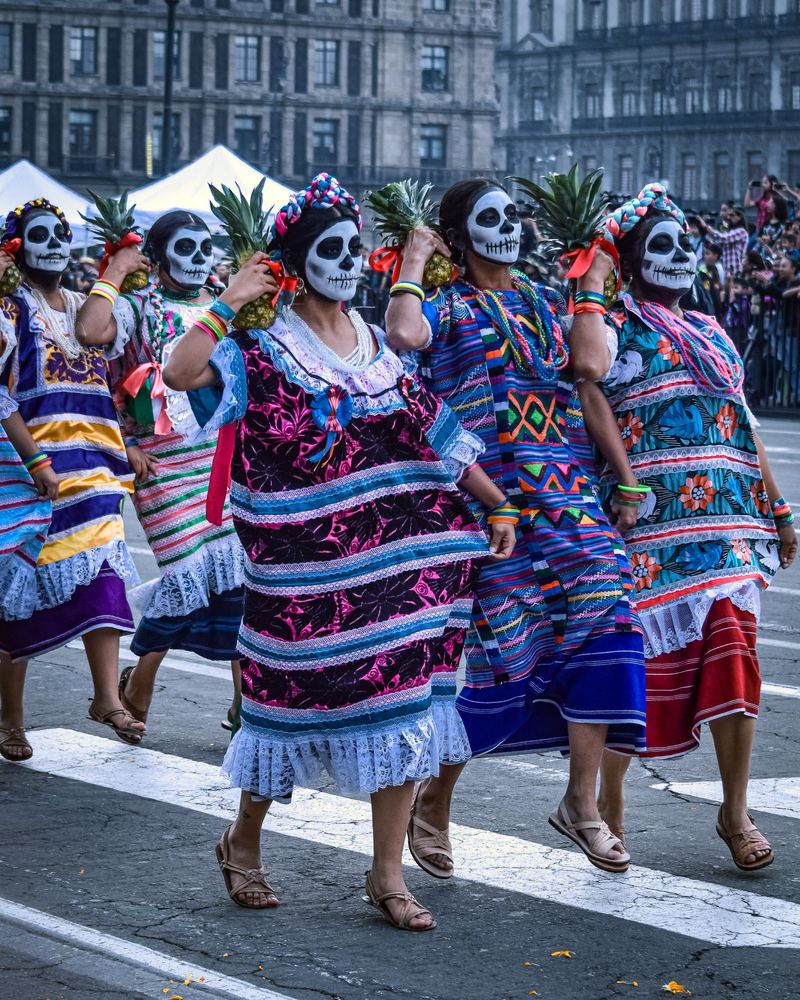
<< photo by Janeth Charris >>
The image is for illustrative purposes only and does not depict the actual situation.
You might want to read !
- “Holding Power to Account: The Guilty Verdict for Former Teacher Chris Dawson’s Sexual Misconduct”
- “Questionable Channels: Consultant Reveals Money Flow to Stuart Robert”
- Is the Legacy of ‘Superman: Legacy’ in the hands of David Corenswet and Rachel Brosnahan?
‘Clark Kent’s Cape: David Corenswet and Rachel Brosnahan to Take on Superman: Legacy’ - “Festive Felicitation: Unraveling 15 Unique Ways to Wish ‘Eid Mubarak’ on Eid-ul-Adha 2023”
- “Gone Too Soon: Polaris Rock Band Mourns the Loss of Guitarist Ryan Siew”
- “Eid Mubarak 2023: Embracing Diversity in Greetings Across 15 Cultures”
- “2023: Marking the Date of Eid al-Adha, Unveiling the Joyous Celebrations”
- “Swift Simmer: Aussie Fans Fervently Vie for Online Ticket Triumph.”
- The Vixens’ Dreams Crushed as the Fever Clings to Title Defence
- Wallabies Warriors vs. All Blacks Crusaders: Super Rugby Pacific Grand Final – Live Commentary and Analysis
- Editorial Exploration: Exploring the significance of Eid-ul-Adha in multicultural Australia and spreading joy with heartfelt wishes and greetings.
Output: “Eid Mubarak 2023: Spreading Joy with Images, Quotes, and Wishes for a Happy Eid-ul-Adha”

